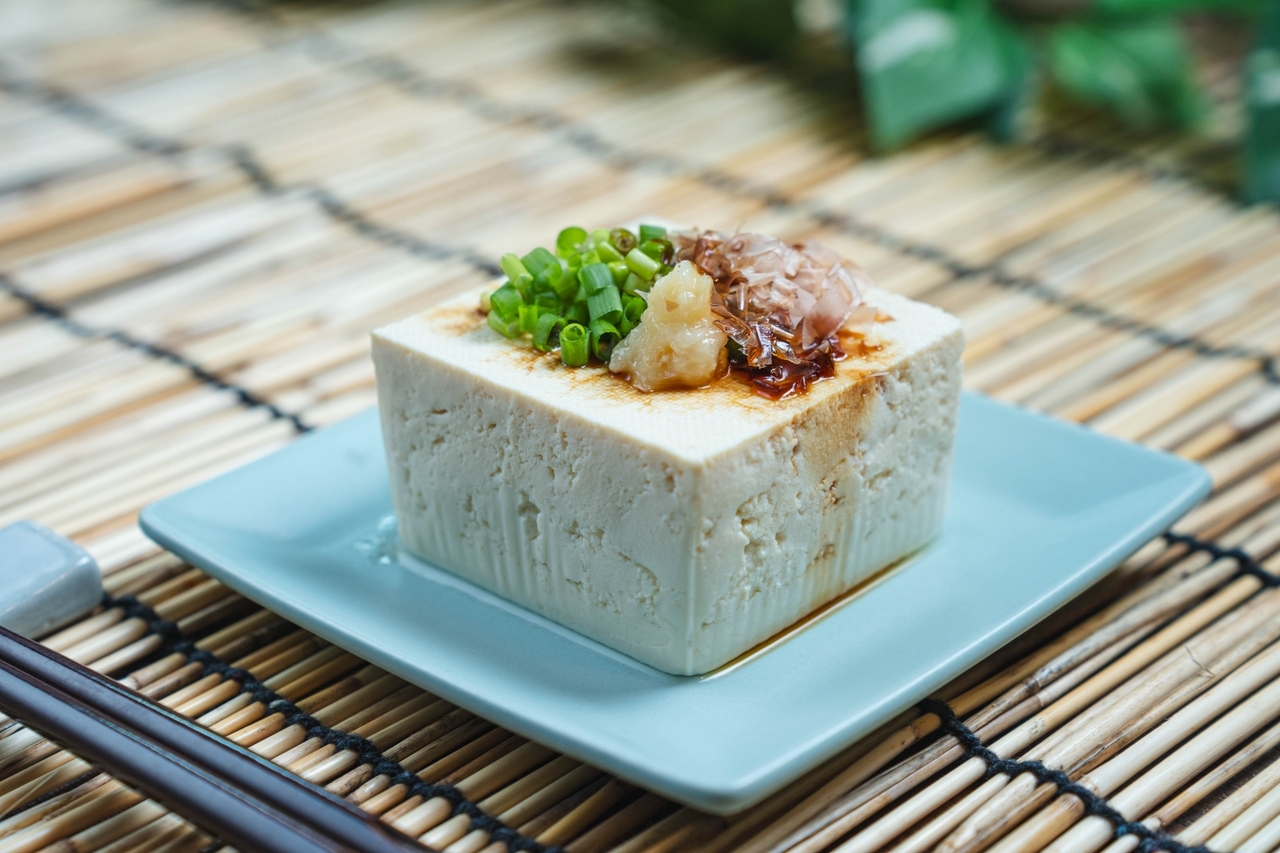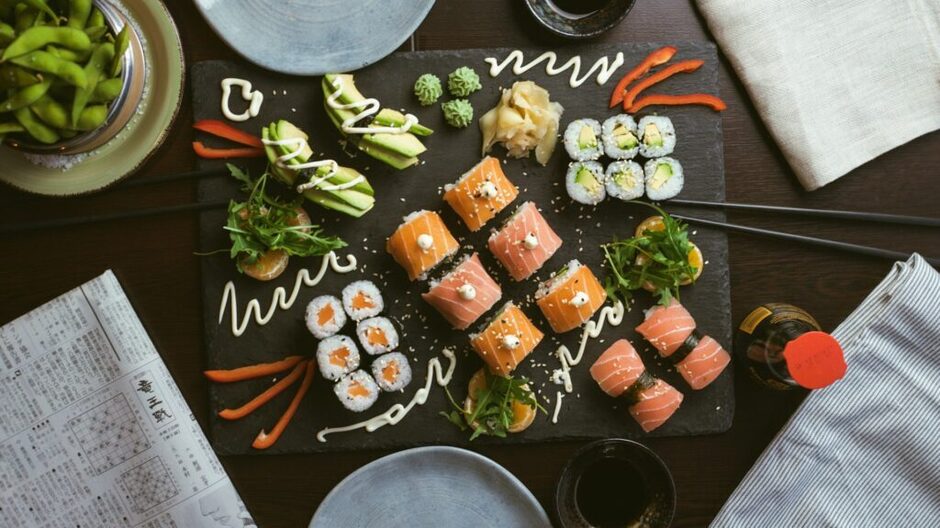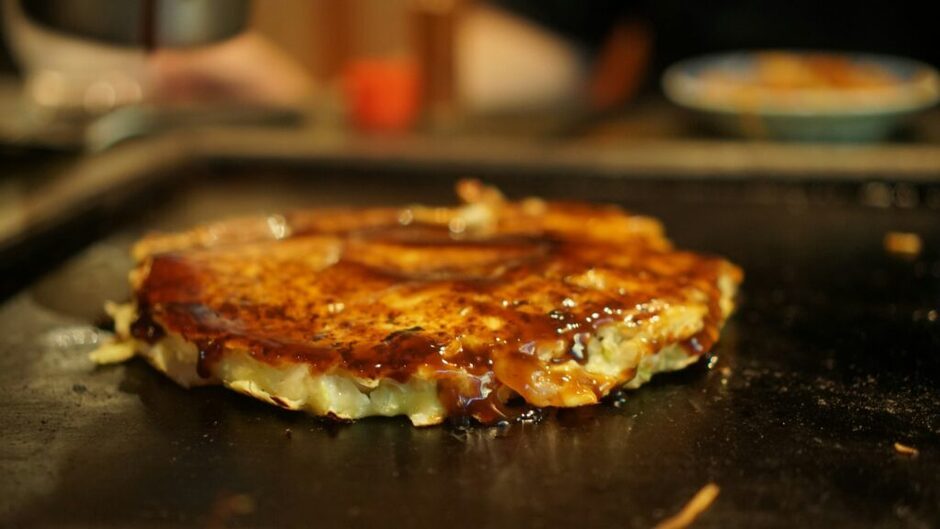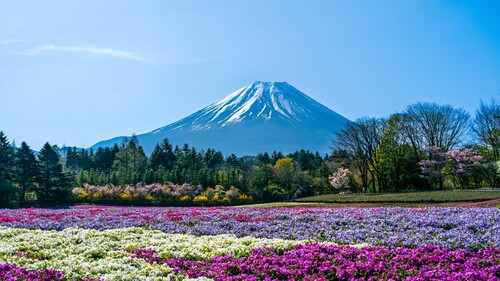MUSUBI: Japanese Cuisine - A Culinary Cruise

Are you ready to embark on a culinary adventure of a lifetime? Look no further than Japan,
where the food is not just sustenance, but an art form. From the moment you step foot in this fascinating country, your taste buds will be treated to a symphony of flavors and textures that will leave you wanting more.
But before you start your culinary journey, let’s take a closer look at what makes Japanese cuisine so unique. For starters, the country’s rich cultural heritage has given rise to a diverse array of regional delicacies, each one showcasing the local ingredients and cooking techniques that are unique to that area.
where the food is not just sustenance, but an art form. From the moment you step foot in this fascinating country, your taste buds will be treated to a symphony of flavors and textures that will leave you wanting more.
But before you start your culinary journey, let’s take a closer look at what makes Japanese cuisine so unique. For starters, the country’s rich cultural heritage has given rise to a diverse array of regional delicacies, each one showcasing the local ingredients and cooking techniques that are unique to that area.

Photo by Jakub Dziubak on Unsplash
Japanese Regional Delicacies
Japan’s culinary landscape is as diverse as its geographical features. In Hokkaido, the northernmost island of Japan, you’ll find Genghis Khan, a mouthwatering barbecue dish made with tender lamb that’s grilled to perfection. And in Hiroshima, you won’t want to miss okonomiyaki, a savory pancake filled with ingredients like cabbage, pork, and noodles, all topped off with a sweet and tangy sauce.

Photo by ibmoon Kim on Unsplash
Dining Etiquette
But it’s not just about the food – it’s also about the way you enjoy it. In Japan, dining etiquette is an important part of the culinary experience. Before you start your meal, be sure to say “いただきますーItadakimasu,” which means “I will receive,” to show your gratitude for the food that’s been prepared for you. And when you’re finished, don’t forget to say “ごちそうさまでしたー Gochisousama deshita,” which means “Thank you for the feast.”
And then there’s the art of sushi, which is a culinary experience unlike any other. When you sit down at a sushi bar, you’ll be treated to a carefully curated selection of fresh seafood, expertly crafted into bite-sized morsels that burst with flavor. But remember, in Japan, it’s considered impolite to drown your sushi in soy sauce – instead, try dipping it lightly in soy sauce and wasabi to bring out the full flavor of the fish.
And then there’s the art of sushi, which is a culinary experience unlike any other. When you sit down at a sushi bar, you’ll be treated to a carefully curated selection of fresh seafood, expertly crafted into bite-sized morsels that burst with flavor. But remember, in Japan, it’s considered impolite to drown your sushi in soy sauce – instead, try dipping it lightly in soy sauce and wasabi to bring out the full flavor of the fish.
Blending Tradition and Innovation
But Japan isn’t just about tradition – it’s also a place where innovation meets creativity. In Tokyo, you’ll find a thriving street food scene that takes classic dishes and gives them a modern twist. Imagine biting into a crispy tempura-fried chicken sandwich, or sipping on a steaming bowl of ramen that’s been infused with bold, contemporary flavors.
At the same time, Japan also celebrates its rich culinary traditions. Kaiseki dining, for example, is a multi-course meal that’s designed to showcase the best of the season’s ingredients. Every dish is exquisitely presented, and the menu changes throughout the year to reflect the changing seasons. It’s an experience that’s not to be missed.
So why not come and explore the wonders of Japanese cuisine for yourself? Whether you’re a foodie looking for hidden gems or a first-time visitor who wants to navigate local dining customs, this guide is here to help you make the most of your culinary journey in Japan. With every bite, you’ll discover a little bit more about this fascinating country and its rich cultural heritage.
At the same time, Japan also celebrates its rich culinary traditions. Kaiseki dining, for example, is a multi-course meal that’s designed to showcase the best of the season’s ingredients. Every dish is exquisitely presented, and the menu changes throughout the year to reflect the changing seasons. It’s an experience that’s not to be missed.
So why not come and explore the wonders of Japanese cuisine for yourself? Whether you’re a foodie looking for hidden gems or a first-time visitor who wants to navigate local dining customs, this guide is here to help you make the most of your culinary journey in Japan. With every bite, you’ll discover a little bit more about this fascinating country and its rich cultural heritage.

Photo by Susann Schuster on Unsplash
Conclusion
In the heart of Japan’s culinary landscape, every dish tells a story, weaving together the past and the present. As you navigate the diverse world of Japanese cuisine, remember that each bite is an invitation to immerse yourself in the country’s rich cultural heritage. So, whether you’re savoring sushi in Tokyo, sampling street food in Osaka, or enjoying regional delicacies in Kyoto, let the flavors of Japan be your guide on this unforgettable gastronomic journey.
Photo Credits:
Main image: neko-taro
Additional photos by Jakub Dziubak, ibmoon Kim and Susann Schuster
All other content (text) created by the original author and © 2024 MUSUBI by Borderlink
Photo Credits:
Main image: neko-taro
Additional photos by Jakub Dziubak, ibmoon Kim and Susann Schuster
All other content (text) created by the original author and © 2024 MUSUBI by Borderlink
WRITER

Lupa Van Luis
From the USA
A connoisseur of Japanese cuisine that has traveled the country for many years!
RECOMMENDED
-

The Past is the Present in Japan
The United States is only a little over two hundred years old. Australia has been an independent nation for jus... -

More Than a Job in Japan: This Is Borderlink
Thinking about teaching in Japan? With so many options out there, it's important to find an employer that ... -

The Best Indian Food in Yamanashi
The quiet, rural prefecture of Yamanashi is known for its fruit and local dishes rich in thick noodles, pumpki...


